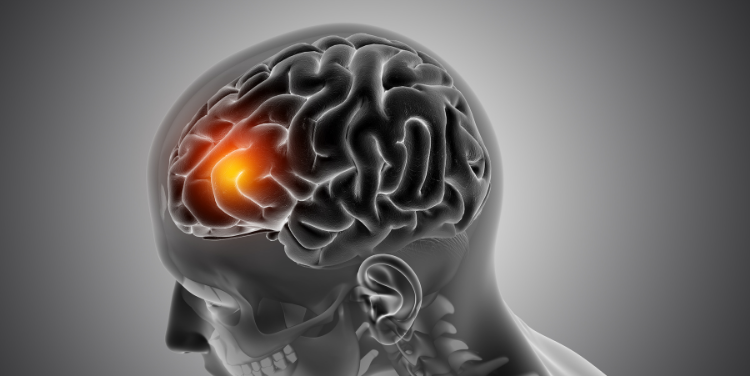2021. gada decembris: CAR T-Cell therapy is currently approved for some forms of leukemia, lymphoma, and multiple myeloma. Researchers have now also developed the corresponding GD2 CAR T-cell therapy for the treatment of neuroblastoma, i.e., childhood brain tumors. Lung cancer, stomach cancer, liver cancer, breast cancer, and other adult cancers have the highest incidence. When discussing children’s cancer, many people instinctively believe that it is identical to adult cancer.

However, whether it is the cause of cancer or the type of cancer, there is a significant difference between childhood cancer and adult cancer. The most frequent childhood tumour is neiroblastoma, which is more common than lung cancer, gastric cancer, and other cancers. Neuroblastoma can account for half of all cancers in children under the age of five, greatly exceeding the proportion of various malignancies in adult cancers.
Tomēr 5 gadu izdzīvošanas rādītājs neiroblastomas pacientiem joprojām nav īpaši liels, un gandrīz 40% līdz 50% pacientu joprojām nespēj sasniegt ilgstošu ārstēšanu. Tāpat, ja audzējs atgriežas, bērns joprojām ir pakļauts riskam, līdzīgi kā tas notiek, kad atgriežas pieaugušais vēzis.

Is there a new treatment available?
CAR-T šūnu terapija has opened up a whole new universe in the field of advanced relapse and refractory B-cell cancers in recent years, and it has also allowed people to witness how effective it can be.
As a result, researchers have created a GD2-CAR-T cell therapy for the treatment of neuroblastoma for the matching target of neuroblastoma. The findings of the clinical study were published in the most recent issue of “Science Translational Medicine.”
Šajā pētījumā kopumā piedalījās 12 bērni ar recidivējošu/refraktāru neiroblastomu. Kopumā zāles bija labi panesamas, un netika novērota nevēlama iedarbība. Neskatoties uz to, ka tas nesasniedza objektīvu klīnisku reakciju, pētnieki pamanīja reālu terapeitisku ieguvumu dažiem indivīdiem.
Paciente 25/010 ir 8 gadus veca meitene ar liela mēroga neiroblastomas metastāzēm, tostarp nozīmīgām metastāzēm kaulos (atkārtošanās pēc ceturtās līnijas ārstēšanas). Vispārējais stāvoklis ir dramatiski uzlabojies pēc 28 dienām CAR-T šūnu terapija, un audzēja audos ir arī konstatēta plaši izplatīta audzēja nekroze.
Patient 25/013 is a 10-year-old girl who has had five treatments for multiple recurrent localised neuroblastomas. There were tumour nodules in the neck before therapy, but no distant metastases. An MRI showed that the tumour had shrunk after treatment. Following a tumour biopsy, it was discovered that the tumour had significant necrosis.
Pacients 25/018 ir 10 gadus vecs bērns, kuram ir recidivējoša neiroblastoma, kas izplatījusies visā viņa ķermenī. Viņam bija trīs sesijas pirms un pēc, un terapijas rezultātā viņa problēmas tika atvieglotas.
However, while this study has demonstrated that the treatment is effective, after experiencing the peak of CAR-T cell therapy, the long-term expansion of CAR-T cells is not visible, making the treatment effect ineffective. It finally resulted in tumour recurrence, however, before that, this therapy helped 013 and 018 live for approximately 5 months longer.
Although this new CAR-T cell therapy cannot match the efficacy and durability of CD19-CAR-T cell therapy in haematological cancers, it demonstrates that CAR-T cell therapy can still be employed in the entity once a suitable target is identified. In the treatment of tumours, it has potent anti-tumor effects. To improve its therapeutic efficacy in solid malignancies, researchers will combine CAR-T activation with immune checkpoint drugs (PD-1 inhibitors).
The safety of this solid tumour CAR-T cell treatment is currently assured. The patient got CRS as a result of the medication, although no major neurotoxic reactions occurred. Medical teams receiving CAR-T cell therapy may soon have to respond to CRS as a matter of course. CAR-T cell therapy still has a long way to go in terms of overcoming solid tumours, but it will get there someday.

